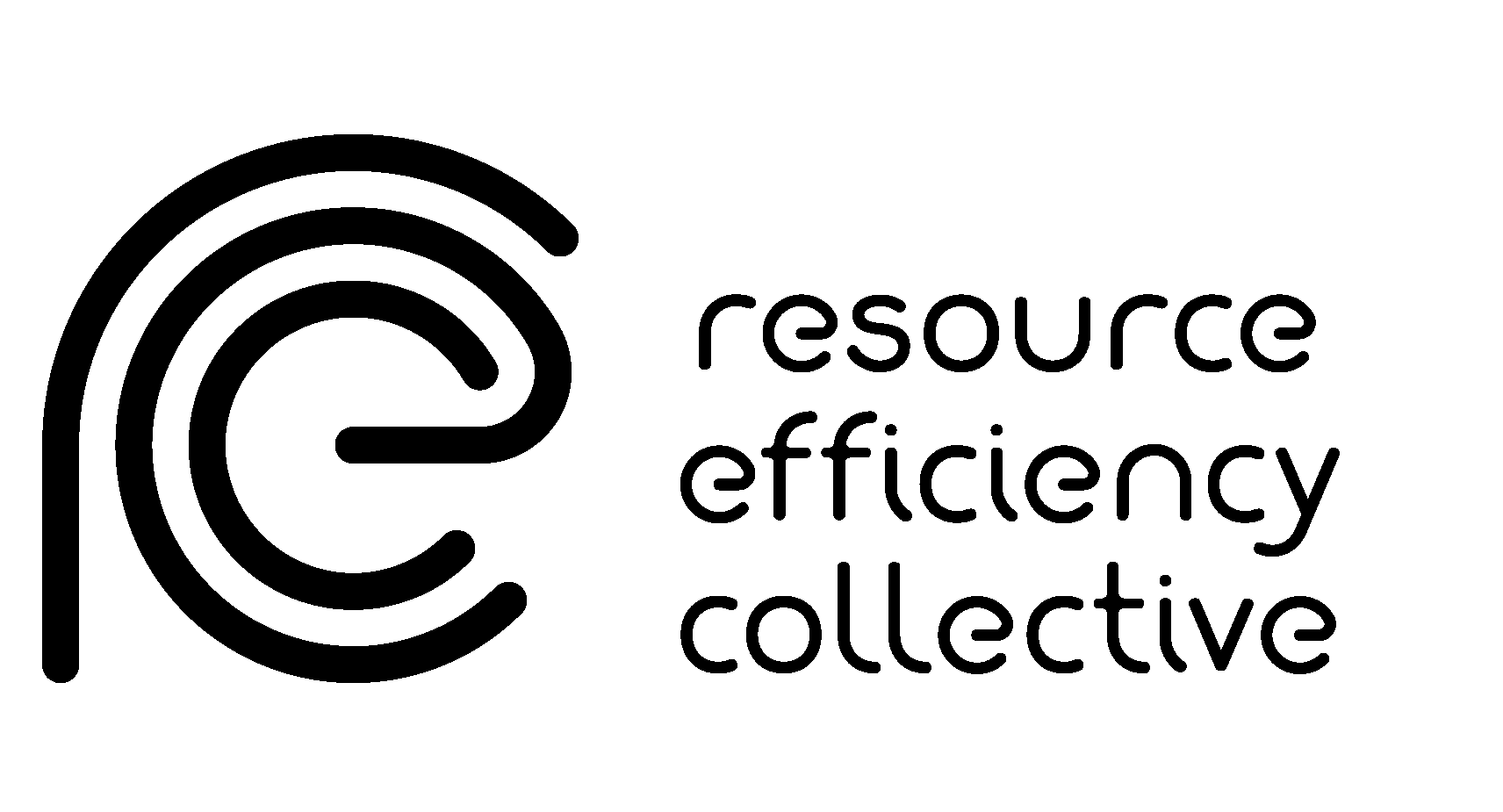Machine learning for gap-filling in greenhouse gas emissions databases
New paper from Luke Cullen, Andrea Marinoni and Jonathan Cullen evaluates the potential of machine learning methods to automate the completion of GHG datasets.
Greenhouse gas (GHG) emissions datasets are often incomplete due to inconsistent reporting and poor transparency. Filling the gaps in these datasets allows for more accurate targeting of strategies aiming to accelerate the reduction of GHG emissions. This study evaluates the potential of machine learning methods to automate the completion of GHG datasets. We use three datasets of increasing complexity with 18 different gap-filling methods and provide a guide to which methods are useful in which circumstances.
If few dataset features are available, or the gap consists only of a missing time step in a record, then simple interpolation is often the most accurate method and complex models should be avoided. However, if more features are available and the gap involves non-reporting emitters, then machine learning methods can be more accurate than simple extrapolation.
Furthermore, the secondary output of feature importance from complex models allows for data collection prioritization to accelerate the improvement of datasets. Graph-based methods are particularly scalable due to the ease of updating predictions given new data and incorporating multimodal data sources. This study can serve as a guide to the community upon which to base ever more integrated frameworks for automated detailed GHG emissions estimations, and implementation guidance is available at https://hackmd.io/@luke-scot/ML-for-GHG-database-completion and https://doi.org/10.5281/zenodo.10463104. This article met the requirements for a gold-gold JIE data openness badge described at http://jie.click/badges.
To read the full paper, click here.
Image credit: Eduardo Drapier on Unsplash.













